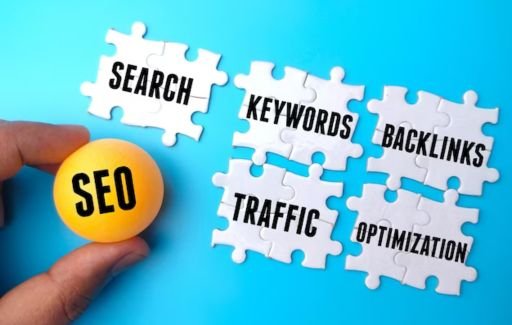


Internal links are a crucial but often overlooked aspect of on-page SEO. Internal links, also known as internal hyperlinks or internal anchors, are links that point from one page to another within the same website.
While external links from other sites are valuable for SEO, well-structured internal links help search engines crawl and index your site more efficiently. This article will explore what internal links are, why they matter for rankings, and how to effectively use internal linking as part of your overall SEO strategy.
Internal links are hyperlinks that connect web pages or content within the same domain. For example, if you have a blog post that links to your "About Us" page, that is considered an internal link. External links, on the other hand, point users to a different website.
Internal links allow users to naturally navigate through your site architecture and find related content. From an SEO perspective, internal links also pass "link juice" to help pages rank for relevant keywords. When a page links to another page on your site, it is essentially vouching for that page and signaling its importance.
Follow these internal linking best practices to maximize the SEO benefits:

Here are some of the most effective ways to build internal links, with examples:
To analyze how well your internal links are structured for SEO, you can use a few methods:
A: There is no definitive ideal number of internal links per page, but more than 100 links on one page risk coming across as spammy. Aim for a natural density and mix of internal link types based on what makes sense for the content and page purpose. Related post sections and layered navigation can generate many links naturally.
A: It's a good goal to have every important page linked internally at least once, but it's not always necessary or natural to link every single page. New and low-value pages may not warrant linkage from other established pages. As long as crawlable links exist, search engines will still index them.
A: Too many links on a single page can dilute the SEO value passed to each page. Shoot for varying the anchor text, linking to just the most relevant pages, and keeping the user experience in mind as a priority. Avoid techniques like aggressive sidebar linking and page hierarchies with 1000+ links just for SEO.
A: Both internal links and external links help pages rank better for targeted keywords. Internal links tend to direct link equity and authority within your site though, so they can more efficiently improve your internal pages' visibility and SERP rankings. Quality relevant external links are also hugely valuable for off-site SEO authority.
A: Logical site architecture matching your information hierarchy is key. Think about how users will navigate your content and structure internal links accordingly. Connect related pages extensively using contextual anchor text. Have clear pathways from important pages down to supporting content. And cross-link pages with shared topics.
A: "Hub" pages like the home, about, contact, and other primary navigation pages should have strong internal link foundations pointing at them. They naturally act as authorities ranking well and distributing equity. For e-commerce sites, key product and category pages also warrant heavy internal linkage.
Internal links are a vital and often underutilized element of on-page SEO. By effectively linking pages together within your website's architecture, you can significantly enhance how search engines crawl and understand your content. When structured properly, a network of internal links creates a web of relevance and authority across your site. Pages build ranking power and pass equity to other related pages through contextual internal links.
Follow best practices like using descriptive anchor text, linking deeper pages, and cross-connecting related content. Analyze your internal linking structure periodically to address issues. A well-interlinked site helps consolidate target keywords and keeps users engaged.
While external links are still important for off-site SEO, honing your internal link-building strategy should be a priority.
The sites that rank the highest in SERPs invariably have a strong internal link foundation at their core. Make internal linking a habitual part of your content creation and SEO processes. Beyond just sprinkling links, consciously craft an optimal internal linking structure tailored to your site architecture and content.
With strategic internal link building, you can maximize your pages' visibility and authority in search engines, improving your odds of ranking for competitive keywords.